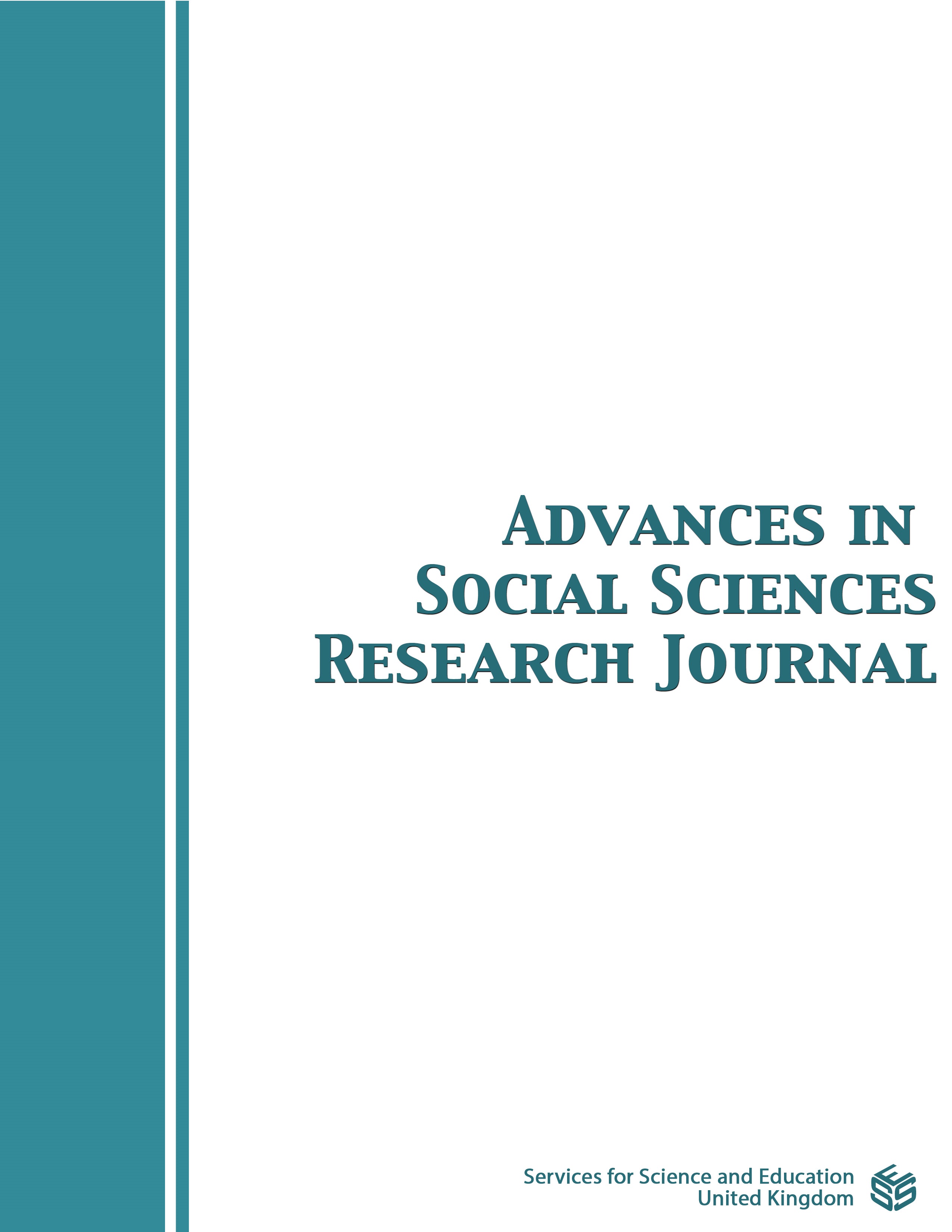Dynamics towards Sustainable Food Security in Arid and Semi-Arid Land (ASAL) Parts of Oromia Regional State in Ethiopia
DOI:
https://doi.org/10.14738/assrj.116.17037Keywords:
ASAL, Dynamics, Ethiopia, Oromia, Sustainable food securityAbstract
The main question policymakers as well as researchers are facing is ascertaining an appropriate way for sustainable food security in most ASAL parts of Africa. The efficacy of interventions is often hindered by lack of comprehensive understanding of local contexts and the socioeconomic landscape such as insufficient infrastructure and an inequitable distribution of resources that further complicate efforts, exacerbating food insecurity. The paper is based on a study undertaken in the Oromia region of Ethiopia, whose main objective was to assess the dynamics towards sustainable food security in the study area. The study used mixed method research approach and convergent research design. Using multistage and systematic random sampling techniques, a sample size of 397 households was generated from the 58,632 target household population of the study area. Data was collected using questionnaires, focus group discussions, and structured interviews. Results from regression analysis showed that there was a statistically significant negative correlation between restricted mobility (P-value=.000), land degradation (P-value=.031), biodiversity loss (P-value=.001), water shortage (P-value=.027), conflict (P-value=.000), and poor market facilities (P-value=.022) and household food production (at P-value <0.05). The study concludes that sustainable food security can be achieved by empowering the people through enhancing access to land resources and improving their market integration. It is, therefore, been recommended that coordinated efforts by national, regional, and local government bodies be undertaken to enhance food security sustainability by strengthening essential services such as market networks, raising awareness, and implementing policies that facilitate communities’ access to and sustainable utilization of land resources.
Downloads
Published
How to Cite
Issue
Section
License
Copyright (c) 2024 Almaz Taffesse Mossissa, Leonard Simiyu Mulongo, Pacifica Mining

This work is licensed under a Creative Commons Attribution 4.0 International License.
Authors wishing to include figures, tables, or text passages that have already been published elsewhere are required to obtain permission from the copyright owner(s) for both the print and online format and to include evidence that such permission has been granted when submitting their papers. Any material received without such evidence will be assumed to originate from the authors.






